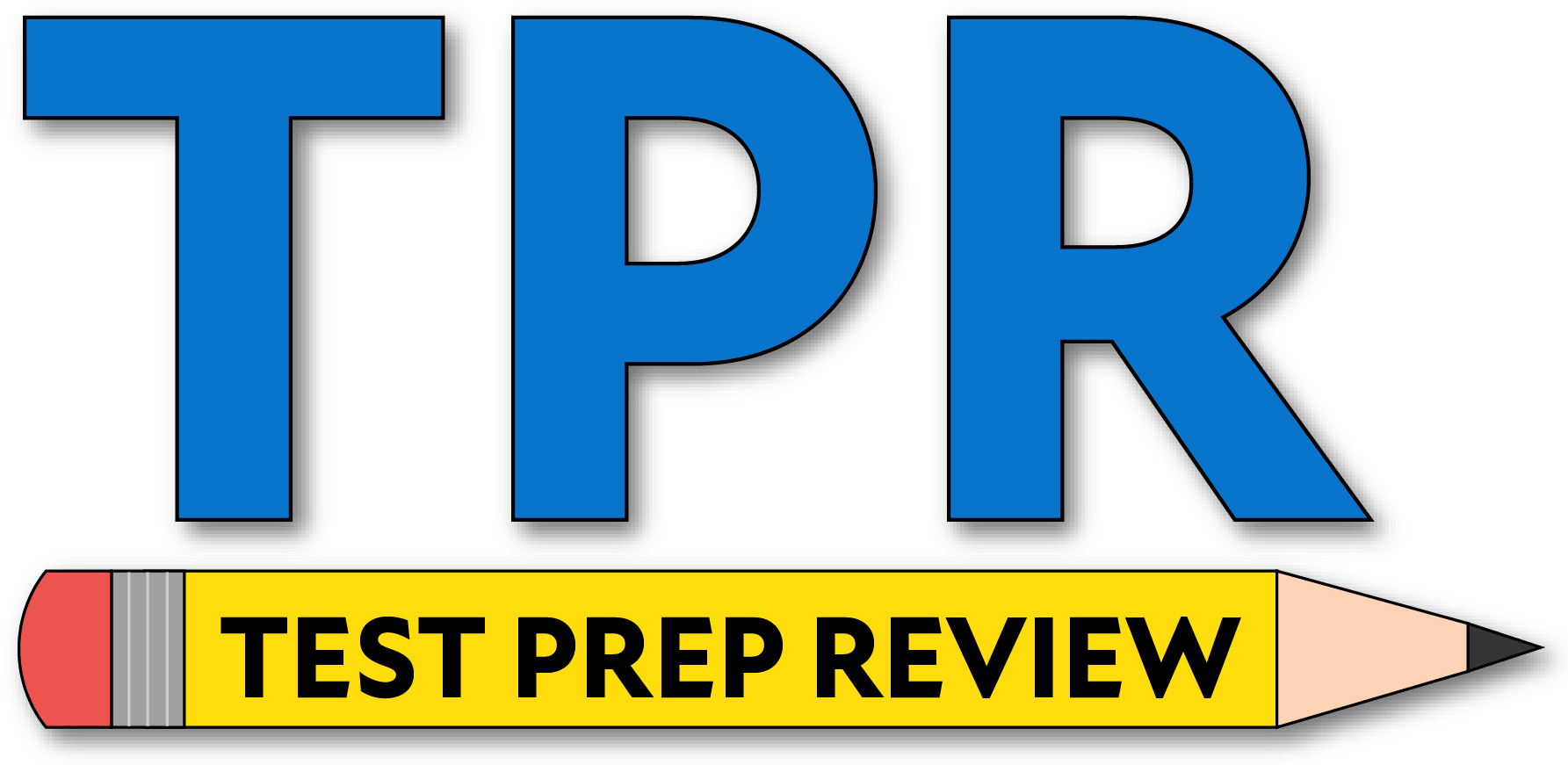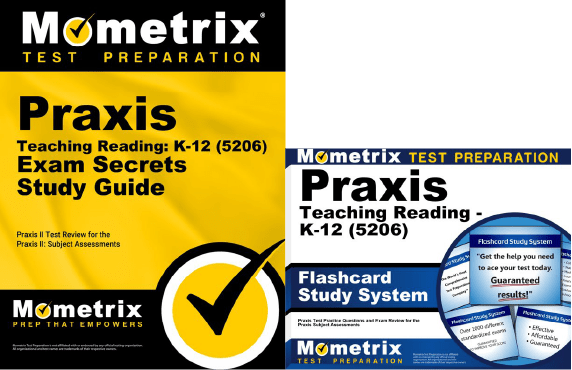If you need help studying for the Praxis Teaching Reading: K-12 test or just want some more information about what the test is like, you’ve come to the right place!
Click below to take a free Praxis Teaching Reading: K-12 practice test!
What’s on the Exam?
First, let’s talk about the questions on the Praxis Teaching Reading: K-12 test. There are 93 questions in total, most being selected-response and some being constructed-response.
90 questions
Selected-response questions require you to select the correct answer from a list of options. Multiple-choice questions are the most common example, but you may also see true-or-false questions and “matching” questions, which ask you to match terms or concepts with their definitions.
Constructed-Response (CR)
3 questions
The constructed-response questions require you to write your answer instead of selecting from a list of choices. Your response to these questions is generally expected to be at least a few sentences, but you’ll be given specific details and instructions before you take the test.
The time limit for the test is 2.5 hours. There aren’t any scheduled breaks, but you’re free to take restroom breaks as needed!
Let’s take a closer look at the different sections of the test:
1. Phonological and Phonemic Awareness and Emergent Literacy
13 questions
- Receptive and expressive components pertaining to oral language development
- Identifying cultural, environmental, and linguistic factors that impact literacy development
- Instructional methods for teaching phonological and phonemic awareness
- Recognizing phonemic-awareness difficulties
- Teaching beginning readers about the concepts of print
- Helping emergent readers fluently identify letter names and sounds
- Formal and informal assessment methods
2. Phonics and Decoding
16 questions
- The impact of decoding skills on literacy development
- Teaching phonics and decoding
- Teaching common phonics patterns and rules
- Teaching morphological analysis
- Teaching syllable types in decoding multisyllabic words
- Multisensory approaches for supporting student recognition of irregularly spelled words
3. Vocabulary and Fluency
20 questions
- Instructional methods to foster students’ fluency
- Supporting fluent reading behaviors
- Building, expanding, and using expressive and receptive vocabulary
- Teaching word-solving and structural analysis
- Guiding students to understand a wide variety of words
- Multiple instructional methods for vocabulary instruction
- The effect of grammatical functions and punctuation on fluency
- The interrelation of vocabulary, comprehension, and fluency
4. Comprehension of Literary and Informational Text
27 questions
- Supporting students’ listening comprehension
- How listening comprehension is related to reading comprehension
- Applying knowledge of child development to the teaching of literary and informational texts
- Differentiating instruction, tasks, and materials
- Using measures of text complexity to select appropriate texts for instruction
- Using technology to support students’ critical examination of online resources
- Integrating speaking and active-listening skills into the reading process
- Activating and scaffolding students’ background knowledge to increase comprehension
- Developing comprehension skills from simple to complex
- Directing students to draw inferences from texts
- The role of language structures of text in comprehension
- Modeling metacognitive strategies that support students to self-monitor their understanding
- Teaching the use of graphic and semantic organizers
- Teaching the recognition of literary and informational text and devices
5. Writing
14 questions
- Teaching writing as a recursive process
- Systematic, explicit, and responsive instructional methods to build students’ understanding and use of writing
- Integrating reading and writing in various contexts
- Supporting writing development for English learners
- Supporting student use of multiple print and digital tools
- Teaching various types of writing
- Modeling an author’s use of craft for effect to develop written language
- Using mentor texts to motivate and support students
- Modeling editing and revising to refine writing
- Teaching the structure of written language
- Connecting the teaching of decoding and encoding as reciprocal skills
6. Assessment and Instructional Decision Making
3 questions
- Elementary literacy learners
- Secondary literacy learners
- Diverse literacy learners
How to Register
To register for the test, you’ll need to create an account on the ETS website. Once your account has been created, you can submit your application to take the test.
When you submit your registration, you will need to pay the $156 testing fee.
Praxis Scores
The Praxis Teaching Reading: K-12 test is scored using a scaled scoring method. Here’s how it works:
For every question you answer correctly, you get one point added to your raw score. At the end of the test, your final raw score will be converted to a scaled score. This scaled score will range somewhere between 100 and 200.
The reason your raw score is converted to a scaled score is because everyone that takes the test is given a slightly different set of questions. Since everyone has a different arrangement of questions, and because some questions are harder than others, converting your raw score to a scaled score ensures a more even playing field.
FAQs
How many questions are on the Praxis Teaching Reading K-12 exam?
The exam contains 93 questions.
What is the time limit for the Praxis Teaching Reading K-12 exam?
The exam is timed at 2.5 hours.
What is the passing score for the Praxis Teaching Reading K-12 exam?
For most states, the passing score is 156.
How much does the Praxis Teaching Reading K-12 exam cost?
The testing fee is $156.
Mometrix Test Preparation is not affiliated with or endorsed by any official testing organization. All organizational and test names are trademarks of their respective owners.



 Praxis Study Guide
Praxis Study Guide Praxis Flashcards
Praxis Flashcards